Heavy, rumbling jazz pours out of the gallery speakers as you walk into Linda Moses’ “It Feels Like I’m Right There With You” show in CFA’s Borzello Gallery.
The jazz is accompanying the large projection on the far wall, which plays a series of videos, alternating between clips of Moses’ parents, specifically a video of her father on a couch in their home. His gaze is steadily kept just to the right of the frame, and he gently taps along and shifts in his seat, presumably to the very same jazz music. Clips of Moses’ mother features her speaking indistinctly and softly, the audio full of peaks and clicks, as the film shows a Twin Peaks-esque montage of Moses’ parents and various scenery, switching indiscriminately between fluid film and stuttering flashes of images.
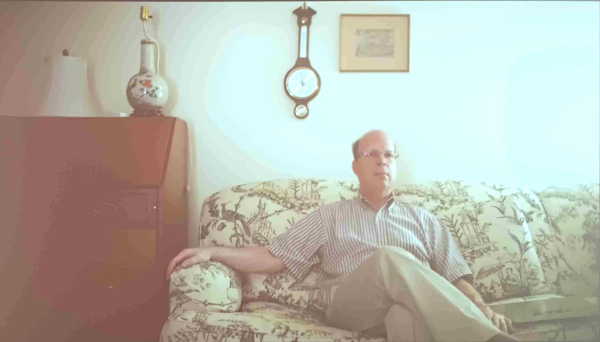
“It Feels Like I’m Right There With You” is a culmination from five years of Moses’ efforts in photographing her parents at their home in Williamsburg, Virginia. Following her uncle’s terminal diagnosis and death in early 2019, Moses witnessed a change in the way her parents interacted with each other and their approaches in conversations centered around mortality.
“When my parents look directly into the camera, it’s me they are looking at. As their only child, I wonder what they are thinking. I want this work to ask the question: for ourselves and for the people we love, what do we choose to make visible and why? I hope this work can serve as a meeting place in our shared memory, both now and in the years to come,” Moses’s artist statement said.
Linda Moses began working at Knox this term as the new professor of photography.
The entire show is full of personal, intimate photos – quiet, somber pieces. The pieces of her parents together have a playfulness to them amidst the darker themes. For instance the two photographs on opposite sides of the gallery, one which depicts Moses’ mother laying her back atop her father’s back as he mows the lawn. The other photograph has Moses’ father looking directly at the camera with a faint sense of amusement in his expression, while her mother is out of focus and uncaring about the camera.
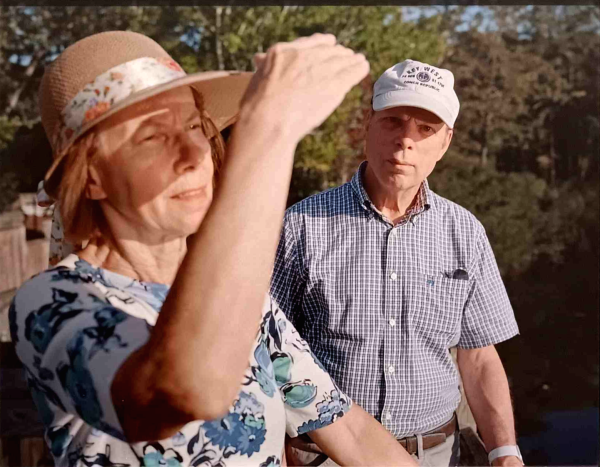
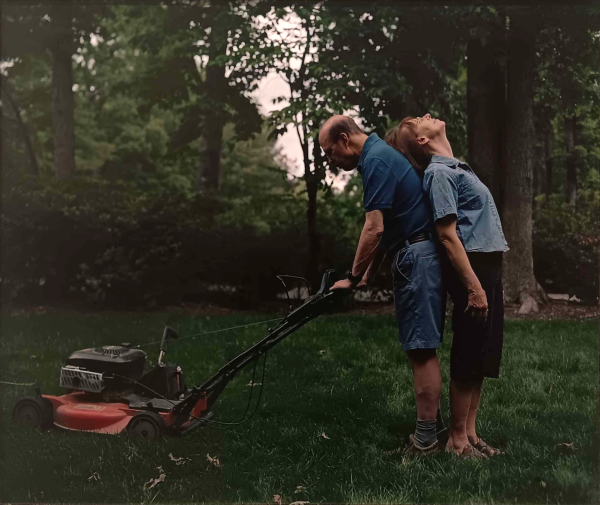
In contrast, the solitary portraiture of Moses’ parents are dark and moody. The photograph featured in the promotion for the gallery is the perfect example for this. Moses’ mother is in center frame, facing away from the viewer in front of a window. Her reflection and face is caught in the mirror to her side, and the rest of the room is dark and bathed in shadow. Things are distinct amongst each other, but there is a smoky, heavy quality to the photo.
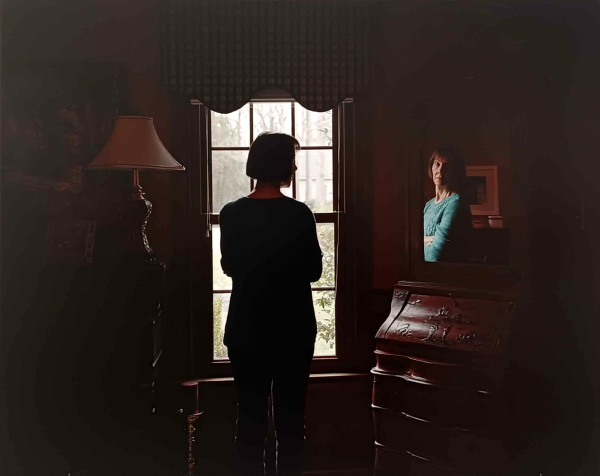
Moses’ use of focus creates a narrative of its own, both through the literal camera-work of pictures being in focus or not, and also through the choices in imagery and narratives she chooses to showcase. The blurred fast rushing water of the birdbath, a glimpse of the hand tipping it to pour out old water. The hazy quality to a photograph of a staircase where the TV plays in the background, just a sliver along the left edge.
In comparison, the stark focus and attention of a picture of the back of her father’s head as he waits for a haircut in the bathroom. These images bring into question the very thoughts and feelings highlighted by the gallery statement, bringing into question the role of the camera in the process of empathy and care.
The entire gallery pushed at me to slow down. As someone who is constantly rushing from moment to moment in my senior year at Knox, slowing down for even a minute feels akin to a crime. Yet It Feels Like I’m Right There With You not only asks for you to slow down as you walk through, but it practically pulls at your body and begs for you to sit and watch Moses’ film – to spend moments with each photo and wonder at the story being told.


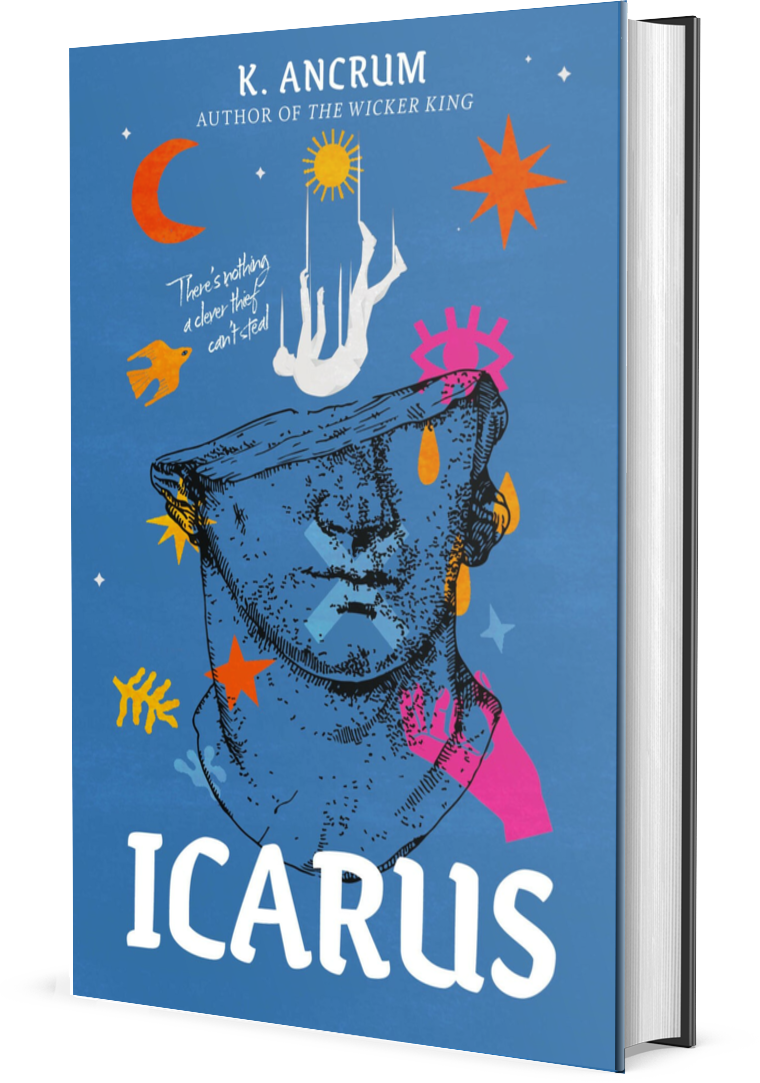

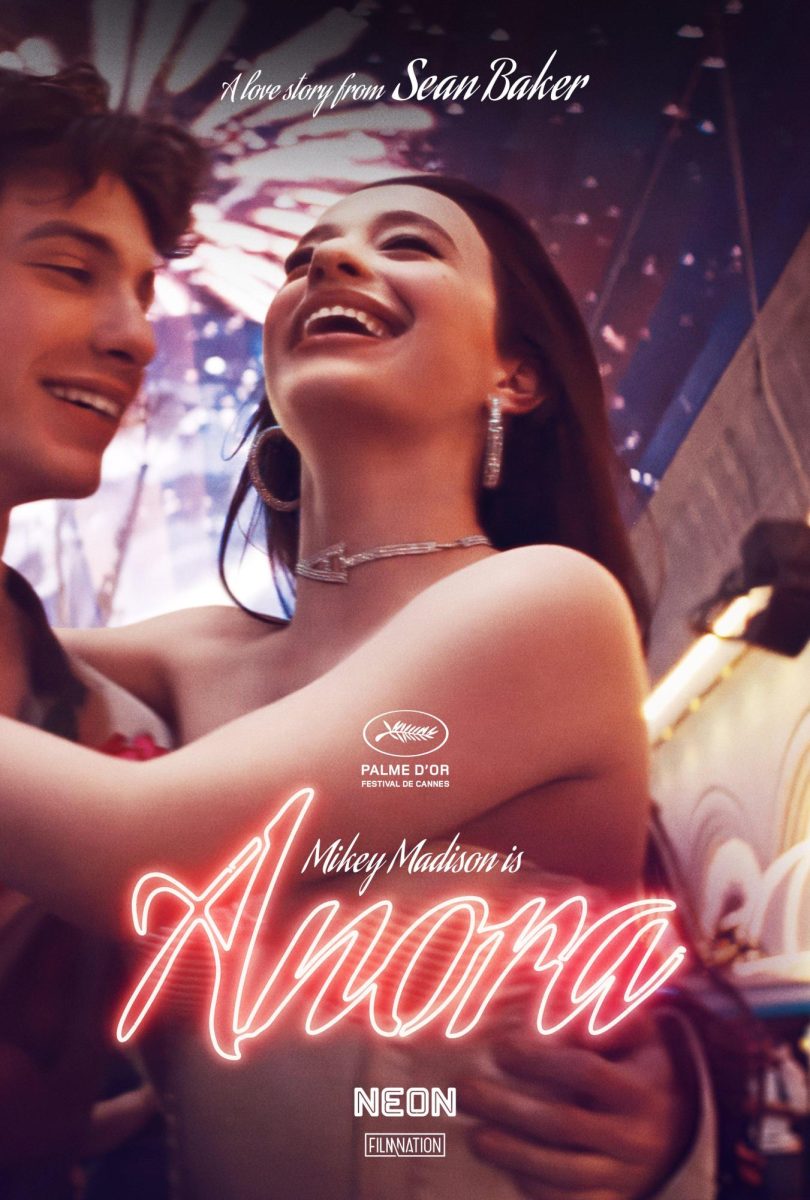
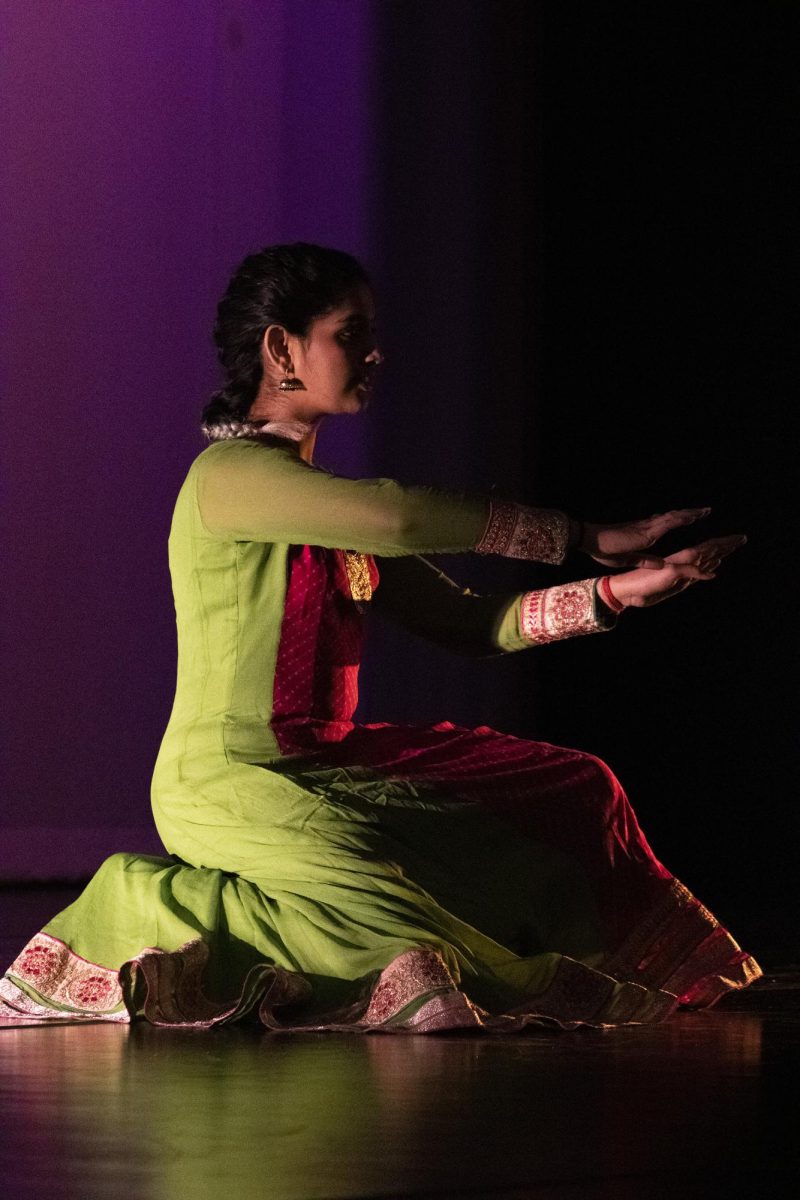

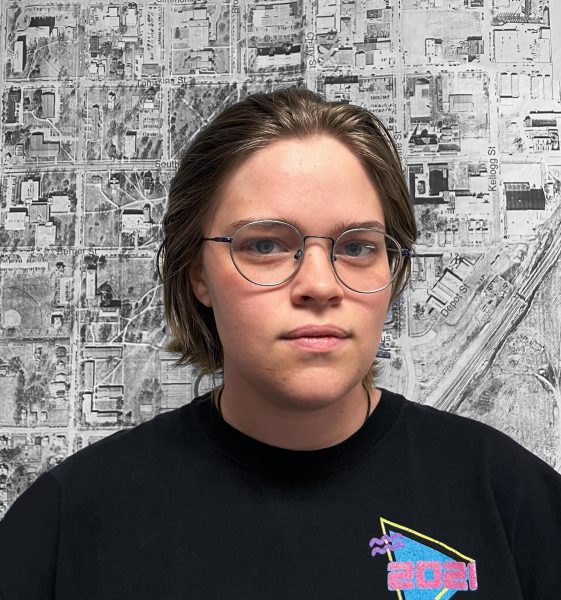
Eleanor Lindenmayer • Nov 3, 2024 at 7:55 am
those are some cool photos! love when you review stuff <3